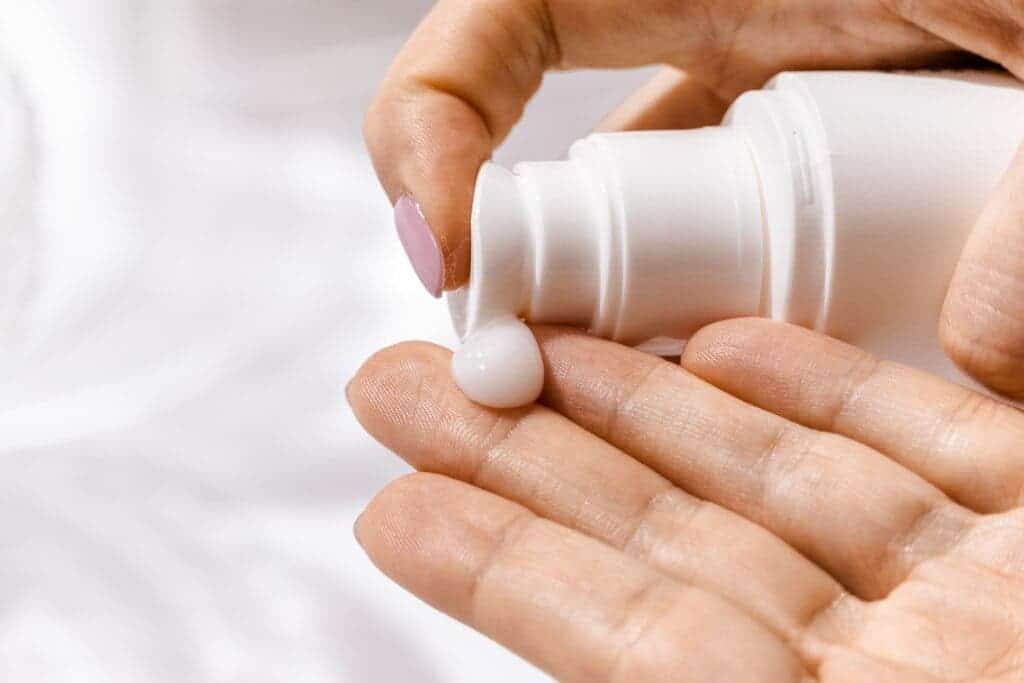
The sunscreens and anti-aging creams could be a lot more effective with the addition of naturally-occurring antioxidant compounds, says new research.
Who doesn’t like basking in the sun on a lazy Sunday afternoon? But better pack some sunscreen while you’re at it because, as we age, we need to protect our skin from the damaging effects that ultraviolet (UV) radiation has on our cells.
New research now reports that adding only one of a handful of naturally-occurring compounds to sunscreens and anti-aging creams can allow us to more safely enjoy the sunlight. The study examines the role that antioxidant compounds extracted from a wide variety of plants can play in keeping free radicals — molecules that contribute to tissue damage and aging — at bay in our cells.
Brighter skin
“By including these potent antioxidants in skin-care products and sunscreen formulations, and therefore trapping [free radicals], we can expect to get an unprecedented level of protection from the sun,” says Dr. Charareh Pourzand, who led the research from the Department of Pharmacy & Pharmacology and the Centre for Therapeutic Innovation at the University of Bath.
Experiments carried out by the team revealed that a certain class of antioxidants can have a powerful effect in eliminating excess iron from the cells of our skin. This, in turn, helps them maintain a healthy level of free radicals, chemically-unstable molecules that oxidize cells that are strongly linked to skin damage.
We’ve known for some time now that build-ups of iron in our skin promote aging and the appearance of aging, but the current study comes to flesh out our understanding of the link between these two. The results strongly suggest that skin-care manufacturers should look into adding iron-trapping compounds to their products, the researchers explain.
In their lab at the UK’s University of Bath, the team has identified several such iron-trapping compounds in natural extracts from plant materials ranging from vegetables, fruits, nuts, and seeds, to bark and flowers. But although these compounds have the right chemical behavior, it’s not yet clear which ones are fit for commercialization and wide-scale human use.
“Though the antioxidants we’ve identified work well in laboratory conditions, they don’t necessarily remain stable once they’ve been added to a cream,” Dr. Pourzand says. “These extracts come from plants, and environmental factors affect their stability and long-term effectiveness—anything from the season in which they are grown, soil type, latitude and the time of harvest can change the strength by which they can neutralize free radicals as well as work as iron traps.”
UV rays contain a lot of energy and are able to break the chemical bonds of certain molecules inside living cells, producing highly-reactive molecules (free radicals) that then go on to bind to DNA or other substances that make up our tissues — essentially, causing chemical damage. Such damage is an important element of aging and occurs both as a natural consequence of biochemical processes going on in our body (chronological aging) and through exposure to sunlight (photoaging).
Sunscreens today are designed to interact with UV rays alone; they either reflect them from the skin or contain substances meant to interact with and absorb the radiation. This does reduce the levels of free radicals generated inside our skin.
The current paper focuses instead on the effect that iron has in promoting cellular damage, both directly when interacting with UV rays, and through the amplification of damage caused by free radicals. Although iron is an essential element for life as we know it, imbalances in iron can be very damaging. Our cells have in-built protection systems that allow them to adjust iron levels. However, these mechanisms are disrupted in the presence of sunlight, the team explains, which accelerates aging and can lead to the emergence of cancer.
In addition to this, chronological aging also impairs our cells’ ability to adequately regulate iron. This is especially true for women after menopause. This leaves older people even more vulnerable to the negative effects of sunlight, the team explains.
For all these reasons, we could benefit from mixing in one or some of the antioxidants the team identified into sunscreens and anti-aging formulations. The step that links these lab findings with commercial use is to study and standardize these extracts and the active chemicals they contain, she adds. After this, “they can and should be added to products designed to protect the skin from aging” Dr. Pourzand concludes.
The paper “Shedding a New Light on Skin Aging, Iron- and Redox-Homeostasis and Emerging Natural Antioxidants” has been published in the journal Antioxidants.






